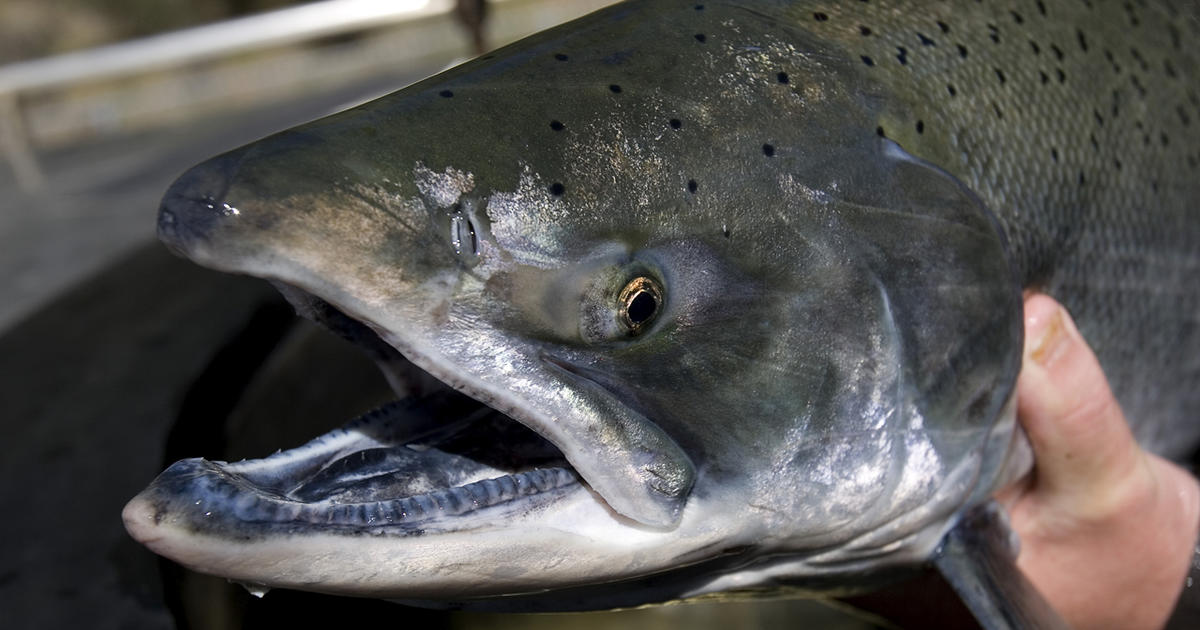The alarming decline in global wildlife populations, as detailed in the 2024 Living Planet Report by the World Wide Fund for Nature (WWF), underscores a catastrophic loss of biodiversity. This report reveals a staggering 73% decrease in average wildlife populations over the past 50 years, a trend demanding immediate and concerted global action. The consequences of inaction are far-reaching, threatening not only individual species but also the intricate web of life that sustains our planet and human civilization. The report highlights the urgent need for comprehensive strategies to protect and restore biodiversity, emphasizing the interconnectedness of human well-being and the health of the planet’s ecosystems. The upcoming COP16 conference in Cali, Colombia presents a crucial opportunity for nations to commit to concrete measures to reverse this devastating trend.
The Catastrophic Decline in Biodiversity
The WWF’s 2024 Living Planet Report paints a grim picture of the state of global biodiversity. A 73% average decline in wildlife populations over just half a century signifies a crisis of unprecedented proportions. This isn’t a gradual shift; it’s a dramatic collapse impacting ecosystems worldwide, from the African savannas to the urban environments of major cities. Experts attribute this catastrophic decline primarily to human activities and the escalating impacts of climate change.
The Human Impact on Biodiversity
Human encroachment on crucial wildlife habitats is a major driver of biodiversity loss. Expanding agriculture, deforestation, urbanization, and unsustainable resource extraction are shrinking the territories available to countless species, fragmenting habitats, and disrupting ecological processes. The destruction of critical habitats directly contributes to population declines and jeopardizes the survival of numerous plants and animals. This impacts not only charismatic megafauna like elephants and tigers, but also less visible yet equally important organisms that form the foundation of healthy ecosystems.
The Threat of Climate Change
Climate change exacerbates the pressures already faced by wildlife populations. Rising temperatures, altered precipitation patterns, and increased frequency of extreme weather events are disrupting ecosystems and making it difficult for species to adapt. Species adapted to specific environmental conditions are particularly vulnerable to rapid climate shifts. The delicate balance of ecosystems, honed over millennia, is easily disrupted, leading to cascading effects throughout the food web. Even seemingly small changes can trigger chain reactions resulting in significant biodiversity loss.
Case Studies: Illustrating the Crisis
The Living Planet Report is not simply a compilation of statistics; it showcases real-world examples of biodiversity loss affecting various regions and species. The decline of winter-run Chinook salmon in California, falling by 88% since 1970, serves as a poignant example. The construction of the Shasta Dam disrupted their spawning grounds, while climate change threatens their crucial migration routes.
Chinook Salmon: A Symbol of Ecosystem Health
The plight of the Chinook salmon highlights the interconnectedness of environmental challenges and the importance of traditional ecological knowledge. The Winnemem Wintu Tribe’s efforts to restore the salmon population, working collaboratively with the Māori people and scientists, embody a holistic approach to conservation. This collaboration demonstrates how indigenous knowledge and scientific expertise can synergistically contribute to effective restoration initiatives. The survival of the salmon isn’t merely a matter of species conservation; it directly impacts the health of the entire river ecosystem, reflecting the complex interdependence of wildlife and human communities.
Birds and Biodiversity: A Global Concern
The decline in bird populations, as highlighted by the San Francisco Bay Bird Observatory, is another alarming indicator. Many bird species rely on diverse plant and insect communities for survival, so a reduction in biodiversity also has a profound impact on the avifauna. Their population decline signals broader issues within their respective habitats, underscoring the cascading effects of ecosystem degradation on various levels. This is indicative of a wider problem with habitat loss and climate change, threatening a huge number of avian species globally.
The Urgent Need for Action and International Collaboration
The findings of the Living Planet Report underscore the urgency of global cooperation to address the biodiversity crisis. Protecting and restoring biodiversity is not just an environmental concern; it is essential for human well-being, impacting our food security, health, and overall quality of life. The services provided by functioning ecosystems – clean water, fertile soil, climate regulation, pollination, among others – are crucial for human survival and prosperity.
The Role of COP16
The upcoming COP16 conference offers a pivotal opportunity for international collaboration to develop and implement effective conservation strategies. Nations must commit to ambitious targets for biodiversity protection and restoration, integrating these goals into national policies and development plans. This requires a coordinated approach and financial support from wealthy nations towards conservation efforts in developing countries, which often bear the brunt of biodiversity loss despite having made the smallest contribution to the problem.
The Path Forward
The path toward restoring biodiversity requires a multifaceted approach involving policy changes, technological advancements, and behavioral shifts. Protected areas must be expanded and effectively managed, and sustainable practices must be adopted across all sectors. Moreover, promoting public awareness and engagement is vital in fostering a sense of responsibility toward environmental stewardship. This includes education, community initiatives and highlighting the economic benefits of biodiversity to improve investment towards conservation.
Take Away Points:
- The 73% decline in global wildlife populations over 50 years signifies a catastrophic biodiversity loss.
- Human activities and climate change are the primary drivers of this decline.
- The interconnectedness of species and ecosystems makes biodiversity loss a threat to human well-being.
- COP16 presents a critical opportunity for nations to collaborate and commit to ambitious conservation goals.
- Protecting biodiversity necessitates a multifaceted approach involving policy changes, technological advancements, behavioral shifts, and increased public awareness.




